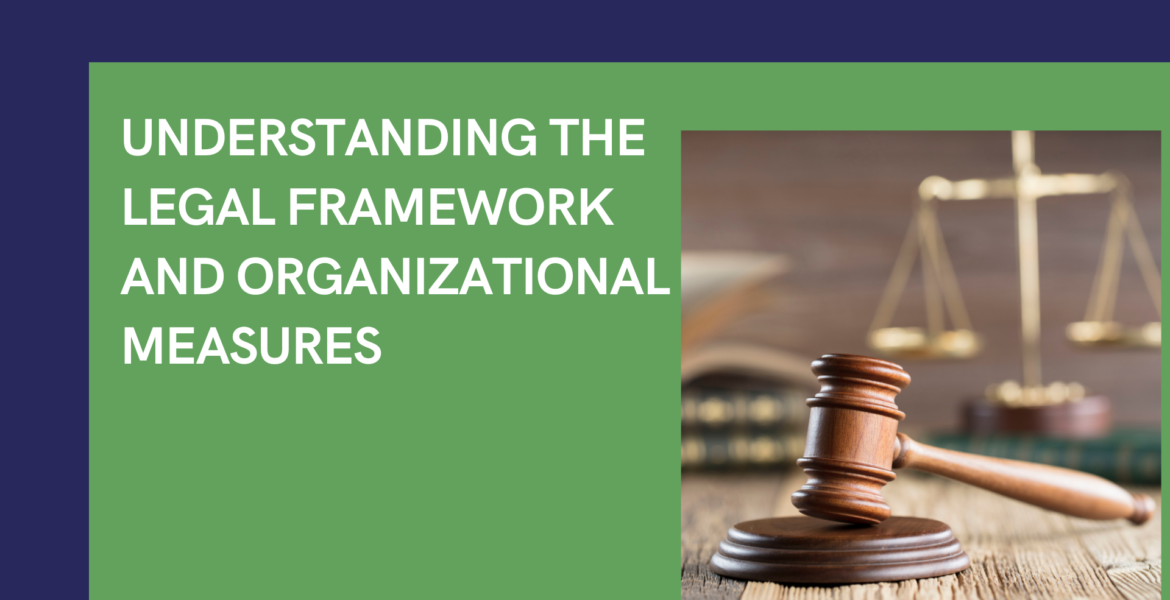
Introduction:
The issue of sexual harassment has traditionally been viewed through a gendered lens, with women often being recognized as the primary victims. However, sexual harassment can and does occur against men, often going unreported and unaddressed due to a combination of legal limitations, social stigma, and lack of awareness. In this comprehensive guide, we delve into the complexities of sexual harassment against men, exploring the legal framework, the challenges faced by male victims, and the proactive measures organizations can take to prevent and address such incidences.
Understanding Sexual Harassment and Its Impact on Men:
Sexual harassment is defined as any unwelcome physical, verbal, or non-verbal conduct of a sexual nature that makes a person feel offended, humiliated, and/or intimidated. This definition applies equally to both men and women, recognizing that sexual harassment can have a profound impact on individuals regardless of their gender.
The Legal Landscape: Limited Protection for Male Victims:
In India, the primary legislation governing sexual harassment in the workplace, the Sexual Harassment of Women at Workplace (Prevention, Prohibition and Redressal) Act, 2013 (POSH Act), specifically addresses sexual harassment against women. While there are other laws, such as Section 377 of the Indian Penal Code (IPC) that criminalizes sodomy without consent, the protection afforded to male victims under these laws is limited and often ambiguous.
Social Stigma and Lack of Awareness: Impediments to Reporting:
Male victims of sexual harassment face unique challenges due to societal norms and perceptions of masculinity. The prevalence of toxic masculinity, which emphasizes traditional notions of male strength and emotional stoicism, often discourages men from reporting sexual harassment incidents, fearing ridicule and humiliation. Additionally, the lack of awareness about the issue of sexual harassment against men further contributes to underreporting.
Organizational Strategies to Prevent Sexual Harassment Against Men:
Organizations can play a crucial role in preventing sexual harassment against men by implementing comprehensive prevention strategies. These strategies should include:
Conclusion:
Addressing sexual harassment against men requires a multifaceted approach that encompasses legal reforms, societal shifts, and proactive organizational measures. By recognizing the complexities of this issue, organizations can play a pivotal role in preventing sexual harassment, creating a workplace where all employees feel safe, respected, and valued.

At Maslo Consulting Pvt Ltd, we are committed to helping your institution grow and succeed.
Copyright © 2023 Maslo Consulting. All rights reserved.
Leave A Comment